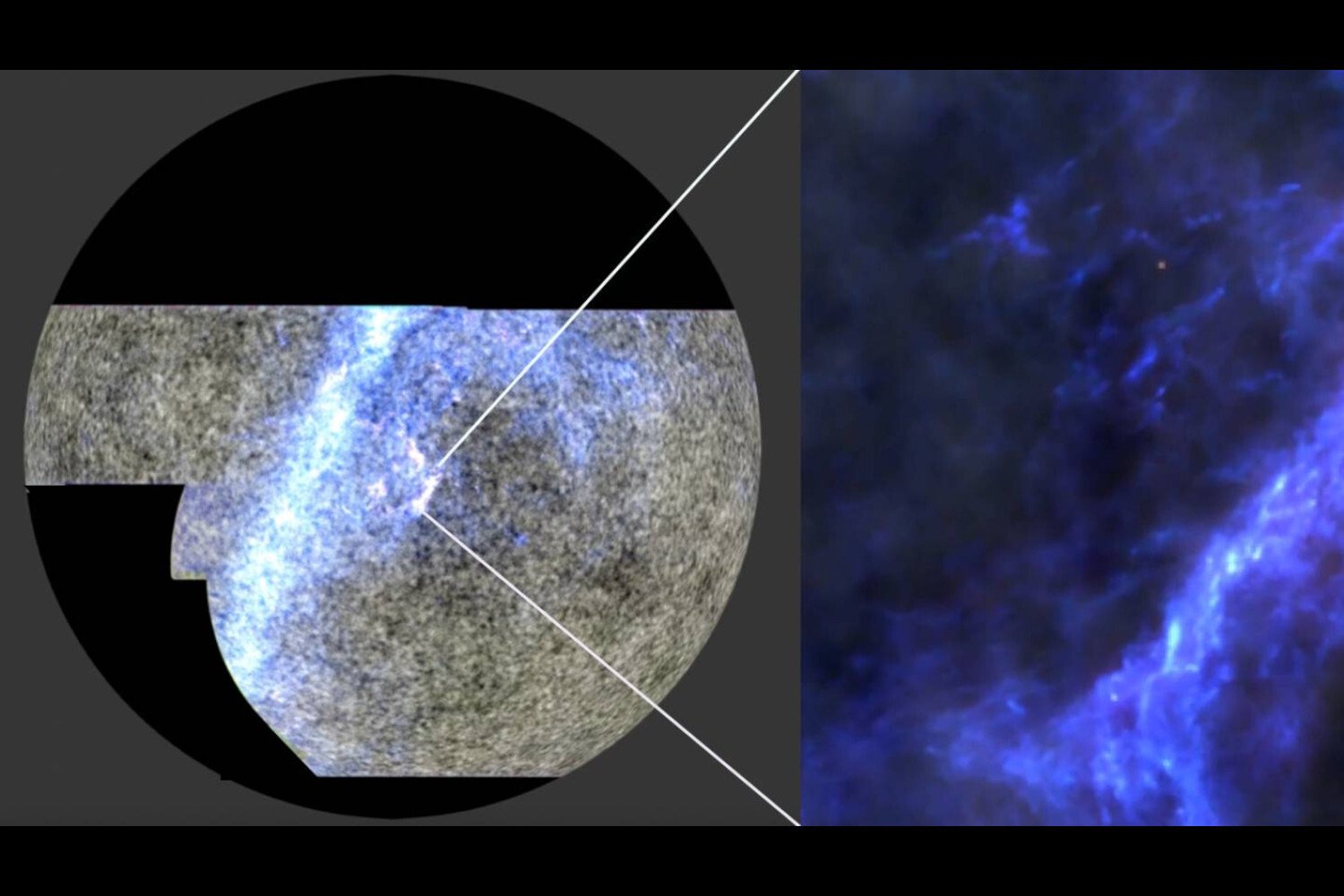It’s hard to picture the universe in its infancy. The middle-ready cosmos now stretches across 93 billion light-yars, holding up to two trillion galaxies and more than 200 billion trillion stars. But in the beginning, things were simple. As a baby, the universe was essentially a hot, dense soup of particles, which has been expanding and cooling over billions of years. A telescope perched in Northern Chile has Peered Back at the Early Universe, Capturing the afterglow of the big bang that radiated throughout the cosmos.
The Atacama Cosmology Telescope (Act) relayed The sharpest images Yeet of the universe’s first light, capturing the material that would laater form the earliest galaxies and stars during the cosmic infancy. The new images, to be presented at an upcoming meeting of the American physical sociality, date back to when the universe was only 380,000 years old. The cosmos is now a more mature 13.8 billion years old, which means the light had to travel more than 13 billion years to reach the telescope.
“By looking back to that time when weens were much simpler, we can piece togener the story of how our only evolved to the rich and complex place we find Oarselves in Delhi Astrophysical Sciences Professor at Princeton University, and the Act Analysis Leader, said in a statement,
This is the earliest cosmic time accessible to our viewing. That’s trust light would frequently scatter off of free electric, making the universe opaque. It wasn’t until 380,000 years after the big bang when particles began to combine, allowing light to travel free and ending the cosmic dark ages.
The cooled Remnant of the first light that the university is known as the cosmic micravave background –leftover radiation from the big bang that can still be detected in the data. This ancient light carries with it Clues to the University’s Past, as Well as Its Future, Allowing Astronomers to Get as Close as Possible to the big bang to be removed and evolving of evolution.

After staring at the cosmic skies from a mountain for 15 years, act was altar to measure the intensity and polarization of the universe’s first light with extrame sensitivity. This allowed scientists to estimate the temperature, density, and velocity of the swirling material that occurs the baby university, gauging just how much how much of time of it was there before it before it began forming galaxies and stars.
The Polarization of the Material Reveals the Detailed Movement of Hydrogen and Helium during cosmic infancy. “We areeing the first steps towards making the earliest stars and galaxies,” Suzanne Staggs, Director of Act and Professor of Physics at Princeton University, Said in a statement. “And we’re not just just seeing light and dark, we’re seeing the polarization of light in high resolution… Like using tides to infer the presence of the mooon, the movement tracked by the light’s polels, how will the pulls use gravity was in different parts of space. “
The images are helping scientists Gather Clues to the Universe’s Origin Story. By looking over act’s measurements, the team behind the research was removed “A Younger Universe would have had had to expand more qiqly to reach its current size, and the images we measure would appear to be Reaching us from closer by,” Mark Devlin, Professor of Astronomi Atronomi Atron. University of pennsylvania, and act’s deputy director, said in a statement.
The team was also able to measure more precisely that the universe extends out to 50 billion light-yars in all directions away from us, and contains as Much MUCH MUCH MUCH MUCH MUCH MUCH MUCH MUCH MUCH of almost two trillion trillion suns.
Rather than coming up with new theories, the measurements confirm that it’s business as usual for our surrounding cosmos. “Our standard model of cosmology has just undergone its most stringent Statement. “We have tested it for new physics in many different ways and do’t see evidence for any novelties.”
